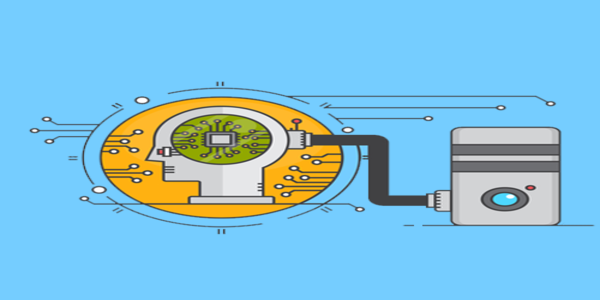The pandemic has altered the way we live, there is an increased presence of technology in every domain of our lives. Across industries, a shift in the fundamentals is taking place. Amid all this, Metaverse, a technological innovation that holds power to transform the way businesses function across multiple sectors, has come into existence.
Metaverse
As described by Meta, formerly facebook, the metaverse is a “set of virtual spaces where you can create and explore with other people who aren’t in the same physical space as you.” The word doesn’t refer to a certain type of technology as such but a shift in how we interact with technology. The technologies referred to as “the metaverse” discussed include cutting-edge technologies such as Augmented Reality (AR), Virtual Reality (VR), Mixed Reality (MR), a hybrid of AR and VR, and blockchain.
This internet’s transition from 2D websites to 3D cyberspaces is having an impact on industries such as Healthcare, defense, education, manufacturing, automotive, supply chain, real estate, etc. This has forced the bulk of major companies to have a metaverse strategy on how they can take advantage of the metaverse’s potential. The term ‘enterprise metaverse’ has come into the picture which by definition, is a metaverse that enables business growth opportunities for an enterprise.
Enterprise Metaverse
Enterprise metaverse refers to an immersive virtual environment– digitization of existing applications and processes for businesses– that enables companies to explore new digital possibilities and reach global audiences, drive engagement, create meaningful connections, train employees, etc. By creating Metaverse Apps for processes, operations, and infrastructure enterprises can greatly improve their operations. Digital twins i.e. real-time digital copies of a physical object are building blocks of the metaverse.
Enterprise Metaverse and Digital Twins
Synchronized with the physical world using sensors and IoT connections, Digital Twins are foundational to enabling the enterprise metaverse. These sensors produce data about different aspects of simple assets or products to complex environments which are then relayed to a processing system (on the edge/cloud) and applied to a digital twin and give one centralized view bundled in a web/mobile/XR app. Software techniques can be used for these models and analytics can be run to gain insights and predict changes before they happen. The gained insights from the simulated copy can be applied to the real-world twin in the physical environment to realize the benefits.
No-code platform solution for building Enterprise Metaverse
Businesses are adopting the enterprise metaverse in the form of digital twins to get an edge over their peers but creating virtual models of factories is not an easy task despite the available resources for it. Quotients has been engaging with startups working on no-code platform solutions for building enterprise metaverse applications such as digital twins. No-code is software in the form of service that allows users to customize any type of digital product or environment with little to no coding experience.
This solution can connect data with sensors equipment leading to video feeds in an interactive 3d workspace. The patented technology offers process automation, visual programming tools, and 3rd party integrations to build software without any programming knowledge. The users can create and publish workflows and run applications on multiple platforms by connecting sensors and devices, importing existing 3d models, and mapping 3d events interactions.
To know more about such innovative solutions and evolving use cases in different domains along with collaboration and partnership opportunities please write us at open-innovator@quotients.com









